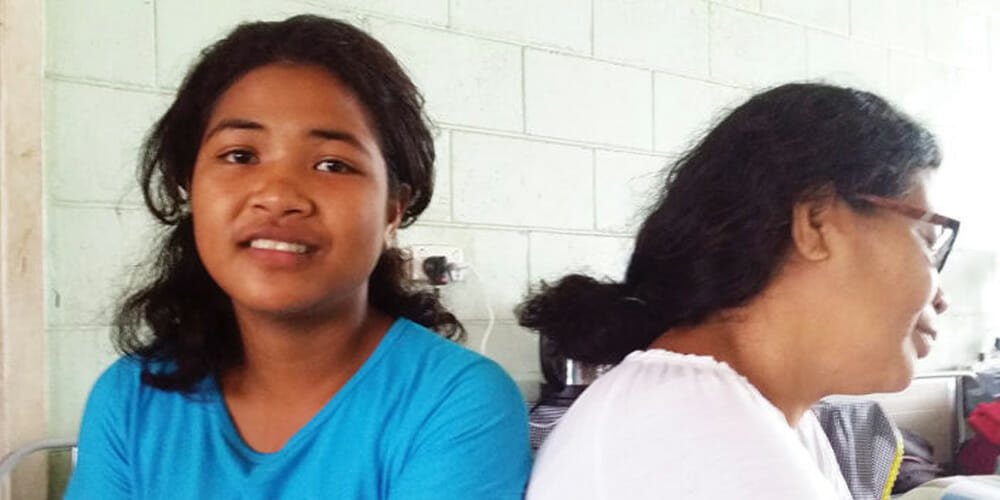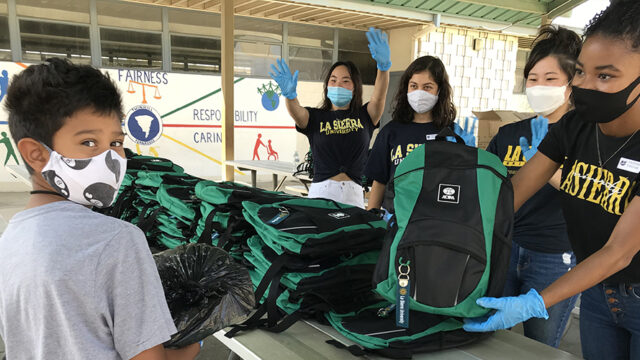Type 2 diabetes is approaching pandemic proportions across the region.

At 16, Sharon should be at school. Instead, she finds herself beside a hospital bed occupied by her mother who awaits surgery on her right foot due to complications relating to diabetes.
“I had to leave school and look after my mother,” Sharon says. “I have now missed so many classes that I am not sure I can go back.”
The Pacific Islands are often imagined as idyllic tourist destinations, but there is another, far sadder side to the Pacific story. People like Sharon’s mother are losing their lives and limbs to a rapidly growing epidemic of lifestyle diseases like diabetes.
The statistics tell a sobering story of a region with diabetes prevalence among the highest in the world,1 as one-in-four Pacific Islanders have diabetes—around 1.4 million people.2 With a rise in diabetes comes an increase in coronary heart disease, kidney failure, hypertension, stroke, and cancer. Lifestyle disease contributes to 80 percent of the disease burden in the South Pacific today.
Statistics also reveal that 17 percent of people living with diabetes in the Pacific will have toes or limbs amputated, and 47 percent will experience loss of vision.3, 4 In Fiji, only 16 percent of the population is older than 55 years due to premature death primarily caused by diabetes and other non-communicable diseases1, and 75 percent of all deaths across the Pacific can be attributed to diabetes and other lifestyle diseases.
Pandemic Proportions
Type 2 diabetes is approaching pandemic proportions in the Pacific. The promotion of traditional healthy foods has fallen significantly, as people eat cheap, highly processed, non-nutritious foods loaded with sugar, salt and saturated fats—instant noodles, white rice, corned beef, lamb flaps, sausage and carbonated drinks. This is made worse by a lack of physical activity, causing obesity rates to skyrocket to 50 percent of the population in Melanesia and more than 90 percent in most Polynesian countries.
The Seventh-day Adventist Church not only has the right health message for this time but also the understanding, the tools and the will to address this crisis. With a network of churches, hospitals, clinics, schools and health professionals across the region, the Adventist Church has the opportunity to stamp out diabetes and help people like Sharon and her mother live a long, full and fulfilling life, as God intended.
The 10,000 Toes Campaign, a partnership between Adventist Health and the Adventist Development and Relief Agency, aims to equip local churches in the South Pacific with the tools and skills needed to conduct health assessments for members and their community for the early detection of diabetes and other chronic diseases.
The campaign also seeks to train and resource lifestyle coaches to help prevent, arrest and reverse type 2 diabetes through community health training and lifestyle intervention programs such as localized versions of health training programs, including CHIP (Comprehensive Health Improvement Program), CHEP (Community Health Education Program), and Live More. And finally, it looks to support the capacity building of health professionals and community health workers on diabetes management and foot care throughout the Pacific.
“Right now, the Adventist Church has the opportunity to transform the lives of thousands of people,” said health ministries leaders in the region. “All we need are resources and financial support to make it happen.”
- http://www.who.int/bulletin/volumes/88/7/ 10-010710/en/
- who.int/diabetes/country-profiles/
- Temo K Waqanivalu, technical officer for nutrition and physical activity WHO Suva, Fiji.
- Fiji-based Pacific Disability Forum (PDF).








